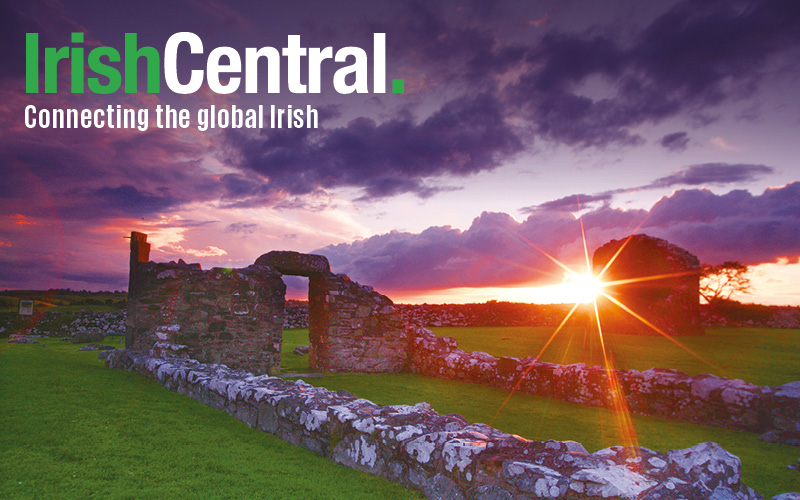Stretching from County Cork in the south to Donegal in the north the Wild Atlantic Way runs for 1,553 miles, making it the longest coastal touring route in the world. It is an easy to navigate, sign-posted route, including 157 'Discovery Points,' where drivers can learn more about must-see and lesser-known spots along the coast.
The route takes in seven counties in three provinces (Ulster, Connaught and Munster) and is defined by its Atlantic Ocean views of islands, dramatic rugged coastline, cliffs and peninsulas. This scenic route can be driven, walked or cycled and along the way visitors can experience the local communities.
The Wild Atlantic Way is the perfect trip for someone who is sick of the beaten tourist track and wants to get back to nature. The route promises to share the secrets of Ireland’s seascapes, traditions and laid-back lifestyle.
Traveling along the coast from Malin Head in Donegal, Ireland’s most northern point, to Kinsale in Cork, the route, launched as a Failte Ireland tourism initiative in 2014, is now the longest fully-signposted driving route in the world, presenting a huge array of potential stopping-off points.
The 157 mapped and sign-posted "Discovery Points" allow you to pick and chose where to stop off to explore.
It could be taking in the majestic Portsalon in Donegal, once voted the second most beautiful beach in the world. It might be driving through the majestic hills of Connemara, stopping off at the Cliffs of Moher or exploring the lunar landscape of the wondrous Burren in County Clare. It could be taking a memorable boat trip out to visit the jagged crag of Skellig Michael and the remarkable hermitage founded there by monks some 1,300 years ago. Visitors can also stop at the various surfing hotspots or fishing locales or go horse-riding along the beach.
Here are some of the spectacular “Discovery Points” along the Wild Atlantic Way:




Comments